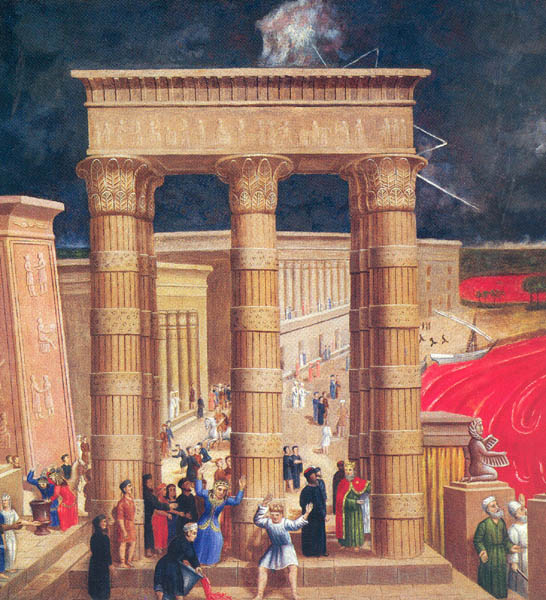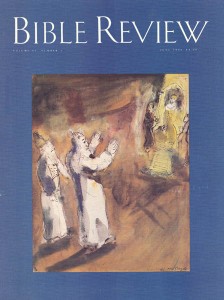Three Ways to Look at the Ten Plagues
Were they natural disasters, a demonstration of the impotence of the Egyptian gods or an undoing of Creation?

When the enslaved Israelites sought to leave Egypt, Pharaoh said no. The Lord then visited ten plagues upon the Egyptians until finally Pharaoh permanently relented—the last of the plagues being the slaying of the first-born males of Egypt. Some of the plagues are the type of disasters that recur often in human history—hailstorms and locusts—and therefore appear possible and realistic. Others, less realistic, border on the comic—frogs and lice. Still others are almost surrealistic—blood and darkness—and appear highly improbable.
Many questions have been raised about the plagues on different levels. Some questions are naturalistic and historical: Did the plagues actually occur in the order and manner described in Exodus? Are there any ancient documents or other types of evidence corroborating that they took place or that something like them took place? Can the less realistic and surrealistic plagues be explained as natural phenomena? Other questions are literary and theological: Is the plague narrative a hodgepodge of sources pasted together by ancient editors (redactors)? What is the origin of the traditions in the extant plague narrative? What is the meaning of the narrative in its biblical context? Beyond the obvious story, did the plague narrative have any theological implications for ancient Israel?
Already a library member? Log in here.
Institution user? Log in with your IP address.

